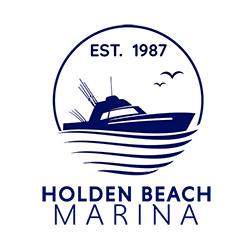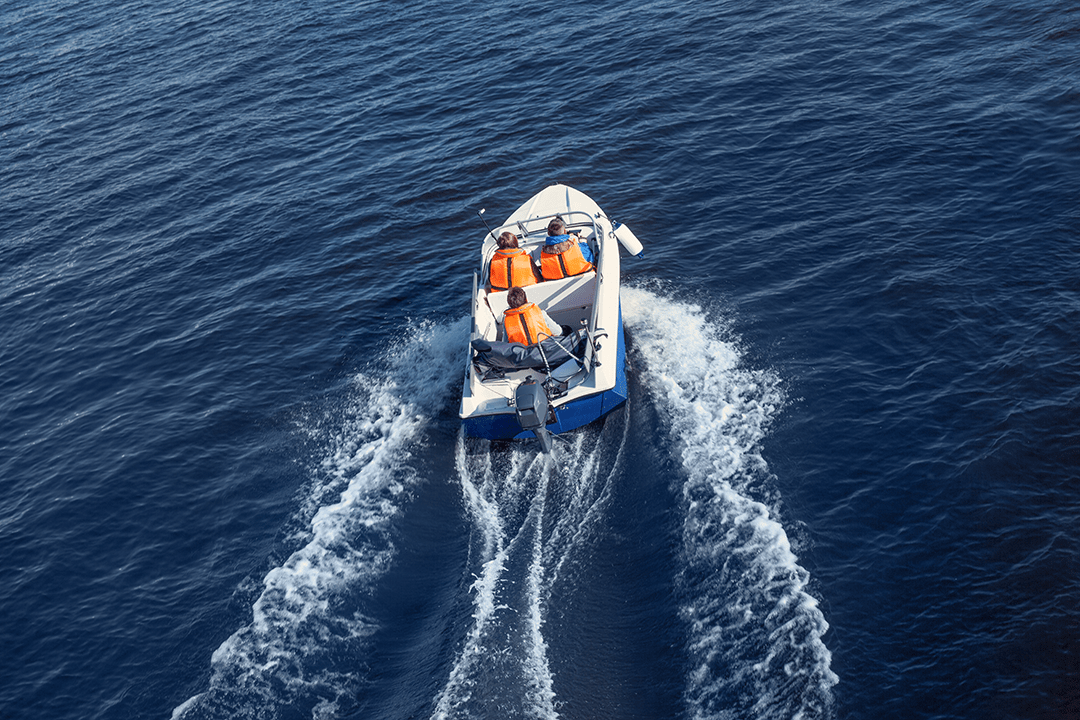The rules of the water are very different than the rules of the road. Whether you’re in the ocean, the intercoastal waterway or one of our nearby rivers, It is very important to have the boating information and certifications you need to be a safe boater before you hit the water. We want to share the ultimate safety guide with you AND give you links to boating resources specific to North Carolina.
Whether you’re using your boat for fishing, wakesurfing, skiing, diving, day cruising or overnighting, remember to pack essential safety gear. If you keep it onboard, inspect it periodically and keep it in good working order. Although the U.S. Coast Guard requires different items for different kinds and sizes of vessels, there is some basic gear that will help keep you safe and out of trouble with the authorities.
Must-Have Safety Equipment for Your Boat
1. Life jackets and wearable personal flotation devices (PFDs)
An accessible, wearable PFD (Type I, II, or III) is a life jacket that must be available for each person on board. If you’re towing a skier or have a wake surfer behind the boat, he or she will need a PFD as well. Kids 12 and under must always wear their PFD on a moving vessel. Likewise, everyone riding a personal watercraft (PWC) must also wear a PFD at all times. In case of an emergency of any kind, the first thing you should do is ensure that all passengers onboard immediately put on their life jackets.
2. Throwable flotation devices
In addition to the life jackets you wear, you’ll need at least one floating device (Type IV) that you can throw to an individual in the water in case of trouble. This can be a cushion, a ring buoy or other device and although only one is required, it’s better to have several. Some of these items may come with a line attached so you can pull a person closer to the boat and then get them out of the water.
3. Fire extinguishers
There are different kinds and ratings for extinguishers but to keep it simple, remember that boats under 26 feet (including PWCs) need at least one B-1 type extinguisher and boats 26 to just under 40 feet need two B-1 types or one B-2 type. Discuss with your family and guests how to operate an extinguisher: pull the pin, squeeze the handle and aim at the base of the flames.
4. Visual signaling devices
Visual distress signals can come in a variety packages and there are different requirements by size of vessel and even by the state where you go boating. Boats under 16 feet must have flares or nighttime signals. Boats over 16 feet must carry visual signals for both day and night use. Examples of pyrotechnic devices or flares that would qualify are orange or white smoke and aerial light flares. Some flares are self-launching while others require a flare gun to send them into the sky. Other nighttime devices include a strobe light while flags may be used during the day. PWCs cannot be operated between sunset and sunrise so they don’t need to carry nighttime devices.
5. Sound signaling devices
Sounds can attract help both day and night and are especially effective in fog. Portable or fixed horns and whistles count as sound-generating devices for all boats. Larger vessels (over 39 feet) should also carry a bell to be sounded at regular intervals in times of limited visibility like fog.
Learn more about boat safety and the boating regulations for our state, visit https://www.ncwildlife.org/Boating/Laws-Safety/Boating-Regulations



